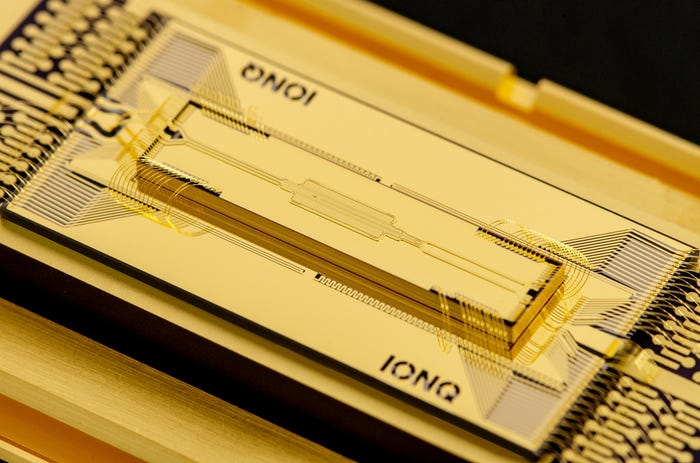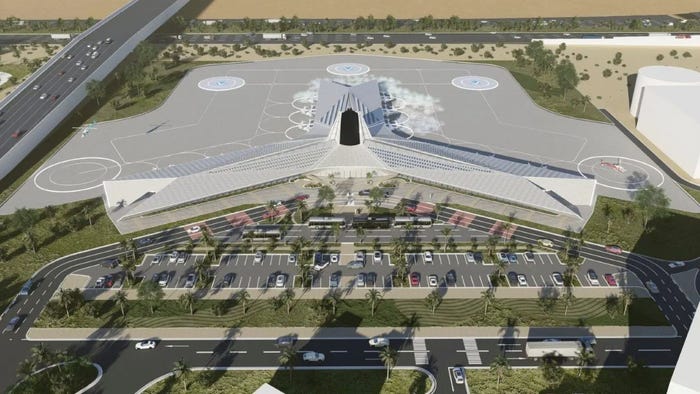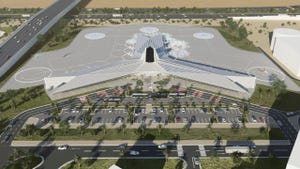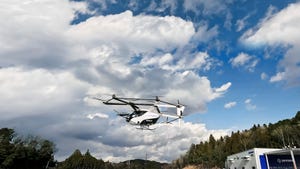NASA-Funded Robotics Project Could Light Up MoonNASA-Funded Robotics Project Could Light Up Moon
The new infrastructure is designed to reflect solar rays to panels located in shadowed regions

A new NASA-funded robotic light system is under development, designed to light isolated parts of the Moon as NASA prepares for its upcoming Artemis missions.
Designed by startup Maxar Technologies and dubbed Light Bender, the system works by reflecting sunlight to solar panels located in shadowed regions.
A robotic team will set up the infrastructure, consisting of a 65-foot pole to which a robotic arm will then assemble two 32-foot reflectors. The sun’s rays will reflect from the lower reflector to the top, which then passes the light on to the receiver.
According to the team, the reflectors will be the “largest ones autonomously assembled in space.”
Under the Artemis missions, NASA plans to explore lunar polar regions which are believed to hold significant reserves of water, providing a potentially invaluable resource for astronauts and also a viable source for extraterrestrial life.
A challenge typically faced in establishing these missions is that many areas of the moon are in permanent darkness, with innovations to establish light infrastructure an ongoing necessity. On top of that, building the infrastructure often has to be done without humans present, with robotics stepping in to take on tasks in these unforgiving environments.
“Part of what we’re doing is conceptually simple, reflecting sunlight to a solar panel located in the dark,” said Sean Dougherty, Maxar’s chief robotics architect. “Where it gets complex is doing that without humans involved. We’re leveraging investments in autonomy to study how NASA can use robots to assemble and deploy a set of reflectors that keep sunlight focused on a solar panel operating in the shadows. It’s never been done before.”
While the Maxar team will be focused on developing the robotic operation aspect of the project, NASA will be working on the structural design of the Light Bender system. An “Earth-based” demonstration of the system is slated for 2025, to take place at the NASA Langley facilities.
About the Author
You May Also Like






